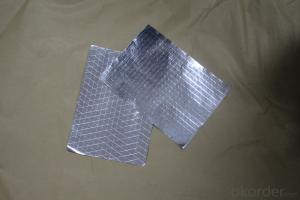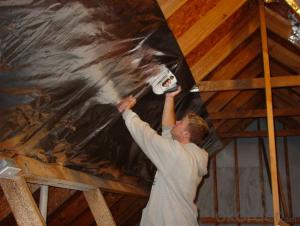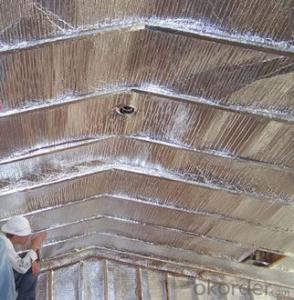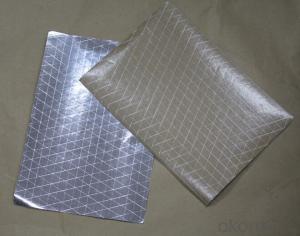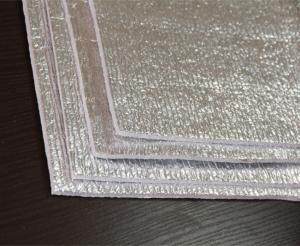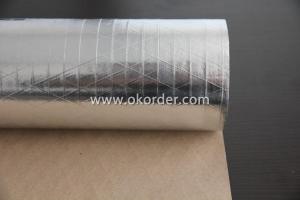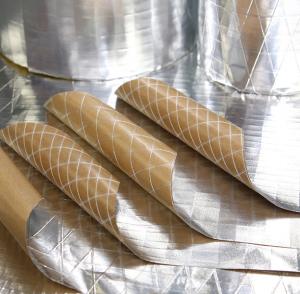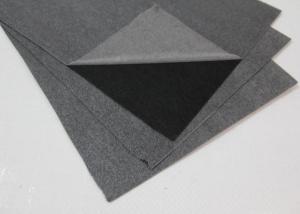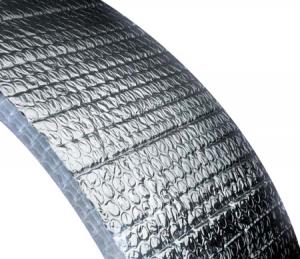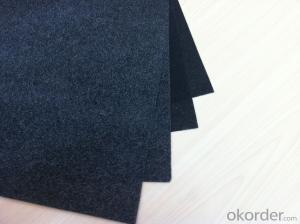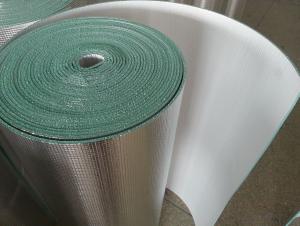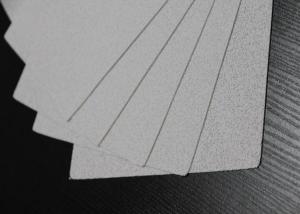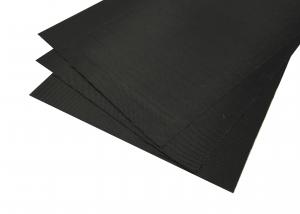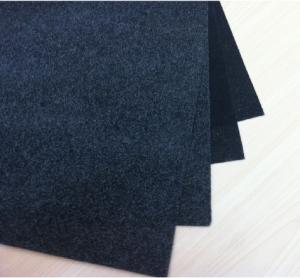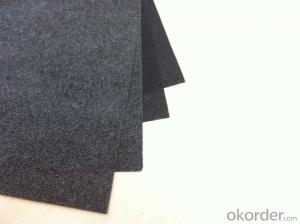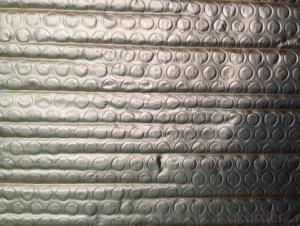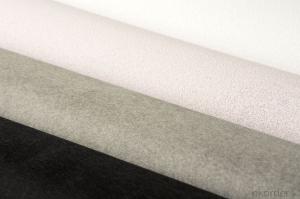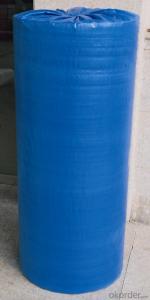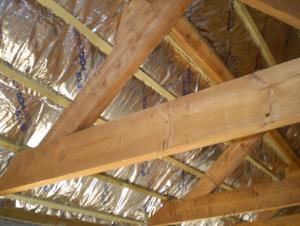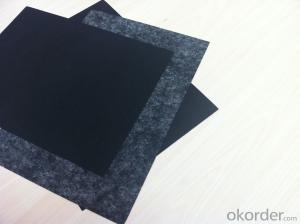flexible ducts bubble film
- Loading Port:
- China Main Port
- Payment Terms:
- TT OR LC
- Min Order Qty:
- -
- Supply Capability:
- -
OKorder Service Pledge
OKorder Financial Service
You Might Also Like
Application:
1,Building Thermal Insulation Material
(1),Roof,Underlay,Under Concrete & floor Insulation;
(2),Attic,Crawl Space,Stud Wall ,Metal Frame Building Insulation.
2,Wrapping
(1),Protective coatings of ventilating pipe,HVAC Duct & Pipe;
(2),Shells of air conditioner and water heater.
Feature:
1), Waterproof, heavy duty, clean, light, flexible, non-absorbent surface
2), Fire resistant & antiglare
3), Recyclable, environmentally friendly
4), Effective in extreme temperatures both hot and cold
5), Easily install, cut, stapled, nailed or glued into place
6), Safe to handle with no special clothing or breathing Equipment
Feature:
1), Waterproof, heavy duty, clean, light, flexible, non-absorbent surface
2), Fire resistant & antiglare
3), Recyclable, environmentally friendly
4), Effective in extreme temperatures both hot and cold
5), Easily install, cut, stapled, nailed or glued into place
6), Safe to handle with no special clothing or breathing Equipment

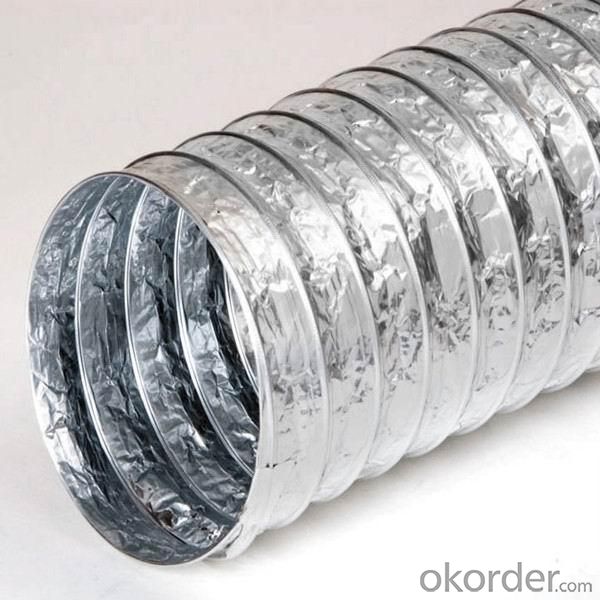


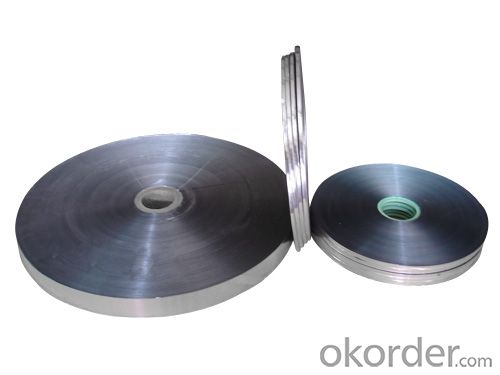


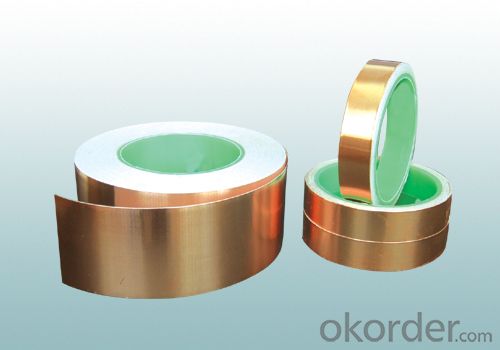
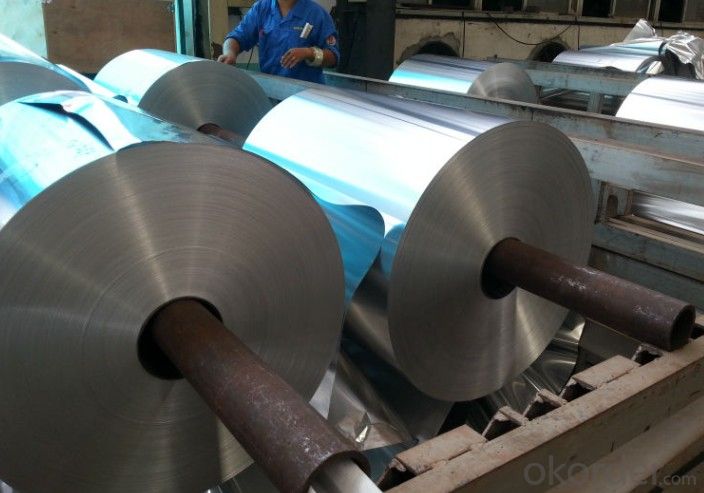

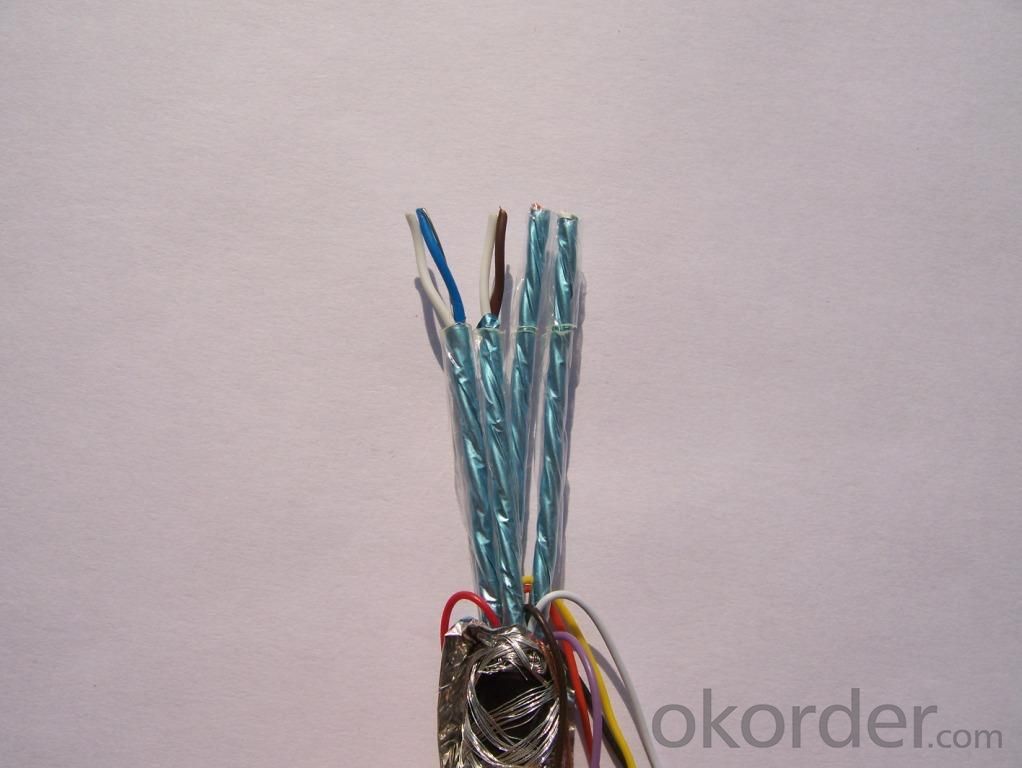
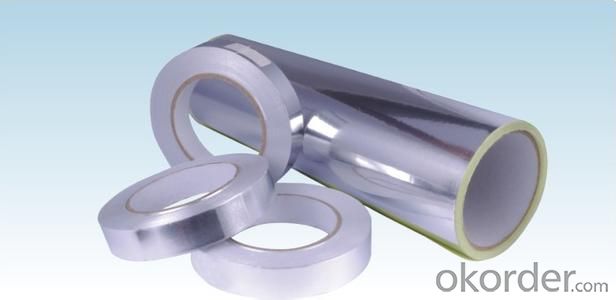
- Q:What is the typical thickness of fiberglass facing?
- The specific application and requirements dictate the typical thickness of fiberglass facing, which can vary. Generally, fiberglass facing comes in thicknesses ranging from 0.5 millimeters to 2 millimeters. For lightweight and flexible applications like insulation and acoustic panels, thinner fiberglass facing (approximately 0.5 to 1 millimeter) is commonly utilized. On the other hand, heavier-duty applications in construction and industrial settings often require thicker fiberglass facing (around 1.5 to 2 millimeters) for enhanced strength and durability. To ensure optimal performance and functionality, it is crucial to consider the project's specific needs and specifications when determining the appropriate thickness of fiberglass facing.
- Q:Are there any health concerns associated with fiberglass facing?
- Yes, there are some health concerns associated with fiberglass facing. Fiberglass is made of tiny fibers that can become airborne and if inhaled, they can irritate the respiratory system. Prolonged exposure to fiberglass can lead to respiratory issues, such as coughing, wheezing, and even a condition called fiberglass lung. It is important to take proper precautions, such as wearing protective gear and working in well-ventilated areas, when handling fiberglass to minimize the health risks.
- Q:Can fiberglass facing be used in both residential and commercial buildings?
- Yes, fiberglass facing can be used in both residential and commercial buildings. Fiberglass facing is a versatile material that offers several benefits such as thermal insulation, moisture resistance, and soundproofing. These qualities make it suitable for various applications in both residential and commercial settings. In residential buildings, fiberglass facing can be used in insulation products for walls, ceilings, and attics, helping to improve energy efficiency and reduce heating and cooling costs. It can also be used in residential HVAC systems to improve air quality and reduce noise transmission. In commercial buildings, fiberglass facing can be used in insulation products for walls, roofs, and HVAC ductwork, providing similar benefits as in residential settings. Additionally, fiberglass facing can be used in commercial acoustic panels and soundproofing systems to reduce noise levels in offices, conference rooms, and other commercial spaces. Overall, fiberglass facing is a versatile material that can be effectively used in both residential and commercial buildings to enhance insulation, moisture resistance, and soundproofing properties.
- Q:Does fiberglass facing help with soundproofing?
- Yes, fiberglass facing can help with soundproofing. Fiberglass has excellent sound absorption properties, and when used as a facing material, it can enhance the soundproofing capabilities of walls, ceilings, or other surfaces. The facing acts as a barrier, reducing the transmission of sound waves through the material, thereby reducing noise transfer between spaces.
- Q:How is fiberglass facing used in construction?
- Construction commonly utilizes fiberglass facing as a safeguard for insulation materials, effectively applying it to the outer side of insulation boards or blankets. This facing is crafted from woven fiberglass fabric or reinforced foil, bolstering the insulation's sturdiness and resilience. A primary function of fiberglass facing in construction is to serve as a vapor barrier, effectively thwarting moisture from permeating the insulation and reducing the likelihood of condensation and mold growth. By maintaining the insulation's dryness, its thermal capacity endures and its lifespan is prolonged. Furthermore, fiberglass facing also functions as a radiant barrier, reflecting radiant heat and thereby minimizing heat transfer between the surroundings and the insulation. This attribute proves especially advantageous in warm climates or when insulating buildings that receive direct sunlight exposure. Moreover, fiberglass facing enhances the mechanical properties of insulation materials, providing structural reinforcement and guarding against harm during handling, transportation, and installation. It also heightens the insulation system's fire resistance by acting as a shield against flames and curtailing the spread of fire. To summarize, fiberglass facing is an adaptable component employed in construction to augment the performance and longevity of insulation materials. It acts as a vapor barrier, radiant barrier, and protective layer, ensuring that buildings possess effective insulation, energy efficiency, and safety.
- Q:Can fiberglass facing be used in high-temperature applications?
- No, fiberglass facing cannot be used in high-temperature applications. Fiberglass is a type of reinforced plastic material that is known for its excellent thermal insulation properties and resistance to corrosion. However, it has a low melting point and is not suitable for use in high-temperature environments. When exposed to high temperatures, fiberglass can melt, warp, or degrade, compromising its structural integrity and insulation properties. Therefore, it is important to choose alternative materials specifically designed for high-temperature applications, such as ceramic fiber or metal facing, to ensure safety and optimal performance.
- Q:How does fiberglass facing improve insulation?
- Fiberglass facing improves insulation by providing an additional layer of protection to the insulation material. The facing acts as a barrier, preventing air and moisture from entering or escaping the insulation. This helps to maintain the desired temperature inside the insulated space, as well as preventing the growth of mold or mildew. Additionally, the facing enhances the durability and strength of the insulation, making it more resistant to damage and ensuring its longevity. It also enhances the fire resistance of the insulation, providing an added layer of safety. Overall, the fiberglass facing improves insulation by enhancing its thermal performance, moisture resistance, durability, and safety.
- Q:Does fiberglass facing require regular maintenance?
- No, fiberglass facing does not require regular maintenance. Fiberglass is a durable material that is resistant to many environmental factors, such as moisture, UV rays, and pests. It does not rust, rot, or decay like other materials, which means it does not need to be painted or sealed regularly. However, it is important to keep the fiberglass facing clean and free from dirt or debris to maintain its appearance and performance. Regular cleaning with a mild detergent and water should be sufficient to keep it in good condition. Additionally, if any damage or cracks occur in the fiberglass facing, it should be repaired promptly to prevent further issues. Overall, fiberglass facing is a low-maintenance option that can last for many years with minimal care.
- Q:What is fiberglass facing?
- Fiberglass facing, also known as a thin fiberglass layer, is employed to cover or coat surfaces for diverse objectives. It usually consists of tightly woven glass fiber strands that are held together by a resin or adhesive. This facing material is renowned for its robustness, longevity, and ability to withstand heat, moisture, and chemicals. It is frequently utilized in the construction, insulation, and manufacturing sectors for purposes like insulation boards, ductwork, wall panels, and composite materials. By adding an extra protective layer, the fiberglass facing bolsters the structural soundness and effectiveness of the materials it is utilized on.
- Q:What is the glass fiber needle felt dust filter bag
- The needles were used to puncture the chopped fiberglass mats, and the fibers between the felt layers, the fiberglass between the felt layer and the reinforcing glass cloth were mechanically entangled
1. Manufacturer Overview |
|
|---|---|
| Location | |
| Year Established | |
| Annual Output Value | |
| Main Markets | |
| Company Certifications | |
2. Manufacturer Certificates |
|
|---|---|
| a) Certification Name | |
| Range | |
| Reference | |
| Validity Period | |
3. Manufacturer Capability |
|
|---|---|
| a)Trade Capacity | |
| Nearest Port | |
| Export Percentage | |
| No.of Employees in Trade Department | |
| Language Spoken: | |
| b)Factory Information | |
| Factory Size: | |
| No. of Production Lines | |
| Contract Manufacturing | |
| Product Price Range | |
Send your message to us
flexible ducts bubble film
- Loading Port:
- China Main Port
- Payment Terms:
- TT OR LC
- Min Order Qty:
- -
- Supply Capability:
- -
OKorder Service Pledge
OKorder Financial Service
Similar products
New products
Hot products
Related keywords
